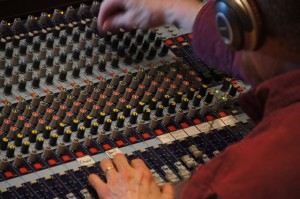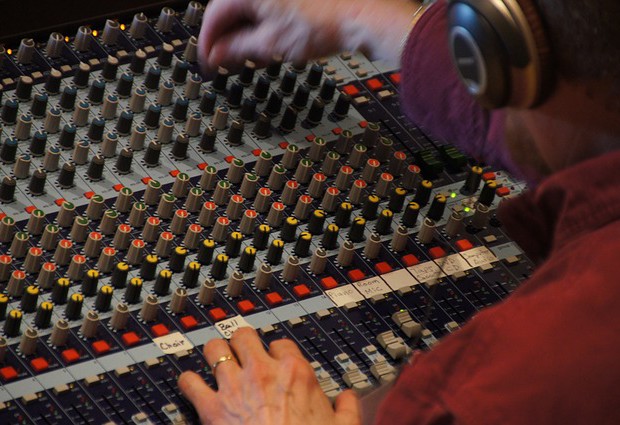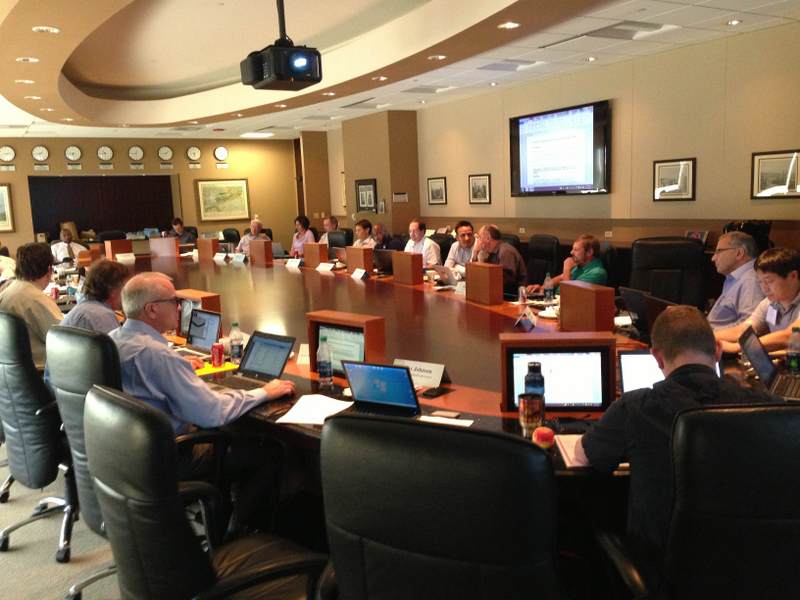 Audio guys are possibly the most opinionated and pompous folks in the AV industry. Over the years of dealing with them, it’s become my opinion that the senior members of that fraternity are one of the main reasons we don’t have nearly as many good ones as we should. The younger folks are scared to ask questions because the older guys can be so condescending, instilling the belief of “oh that guy will take care of it” into the way the younger guys view the world as they are starting out. That isn’t all of them, by any stretch of the imagination, but I’ve certainly run across my fair share.
Audio guys are possibly the most opinionated and pompous folks in the AV industry. Over the years of dealing with them, it’s become my opinion that the senior members of that fraternity are one of the main reasons we don’t have nearly as many good ones as we should. The younger folks are scared to ask questions because the older guys can be so condescending, instilling the belief of “oh that guy will take care of it” into the way the younger guys view the world as they are starting out. That isn’t all of them, by any stretch of the imagination, but I’ve certainly run across my fair share.
It’s true that many of the live sound guys out there may have fallen backwards into it because they couldn’t get work in a studio so they went someplace where they could continue to work in sound, but it isn’t quite what they were expecting or hoping to be a part.
What makes live sound such a subjective thing is that every room is different. Ever seat in every room is different. Every set of ears in every seat in every room is different. There are literally no two people who will hear the same thing, even if they are sitting directly next to each other. This creates a difficult circumstance for many of those that get into the industry. Compound that with the fact that there’s very little training for it other than getting out there and working your way up and you’re taking on a job that puts you square in the sites of making or breaking people’s entertainment going experiences.
The thing that’s interesting about the idea of live sound guys often falling backwards into the industry that ways is that it’s actually reversed. When I talk to young audio engineers and producers about how to mix a track in the best way possible I will inevitably mention mixing in a 3D environment. Meaning that when you’re mixing the track you have to think not only in terms of stereo width and where you are placing the instruments, but also depth. The drummer will always be placed farther back on stage than the lead singer. If there’s a lead guitar and rhythm guitar, they won’t be heard coming from the same location on stage – they will be located differently and as such will be heard differently as their sonic qualities reflect in the room differently.
Learning to mix in a room helps people to understand how to place those instruments in a real world environment, which they can then take back to the studio in order to envision and create the room where they want the music to be heard. Understanding that principle was one of the first lessons I learned when I got into live sound and drastically altered the decisions that I might make at the console because I was focusing on how to make the band sound best in the given environment and ensure that everyone was heard clearly, cleanly, and balanced.
This meant that I had to listen to that room and understand how reverberant it was, which frequencies might cause more problems than others because of the natural acoustics of the room, and how to control that as best I could with whatever tools were available to me (which sometimes meant a Mackie 1604 and a stereo 32 channel graphic EQ).
If you know someone that wants to be an audio guy but spends all the time in the studio perfecting those tracks, first I will applaud the discipline, but the next thing I would do is kick them out to help out in a live sound environment. Get some training on both aspects of sound because it will give them the ability to work in either world while helping them see how sound physically plays out in a given environment.
This kind of practical training is the ideal way to hone those skills. So, if you’re one of those senior members of the industry, BE NICE! We need to teach these up and coming kids what we know in order to make it possible for us to attend events in the future without wanting to kill the person behind the desk. Otherwise, we may find ourselves watching those behind us trying to figure out how to fix things during a show that should have been resolved before anyone ever showed up like feedback, lost signals, improper balance of audio elements in the mix, or just flat out not knowing how to mix to their room and making it way too loud.




